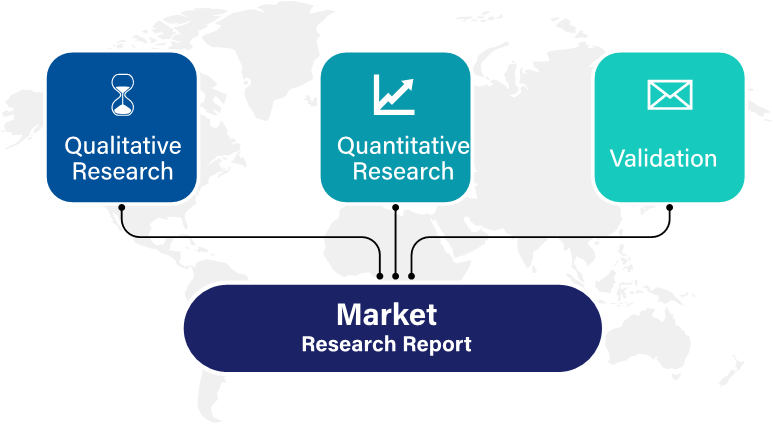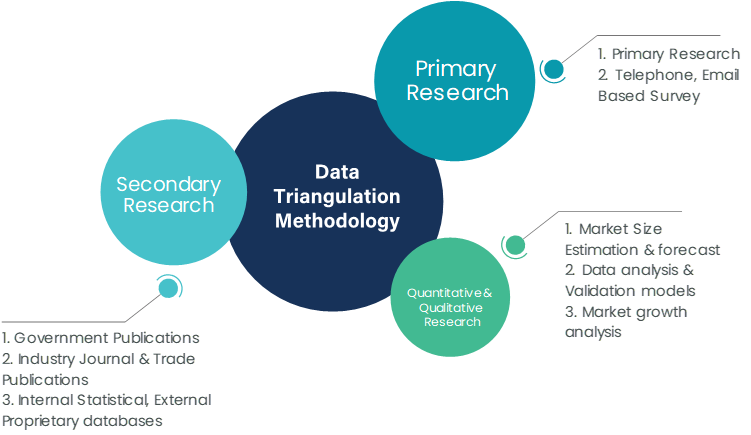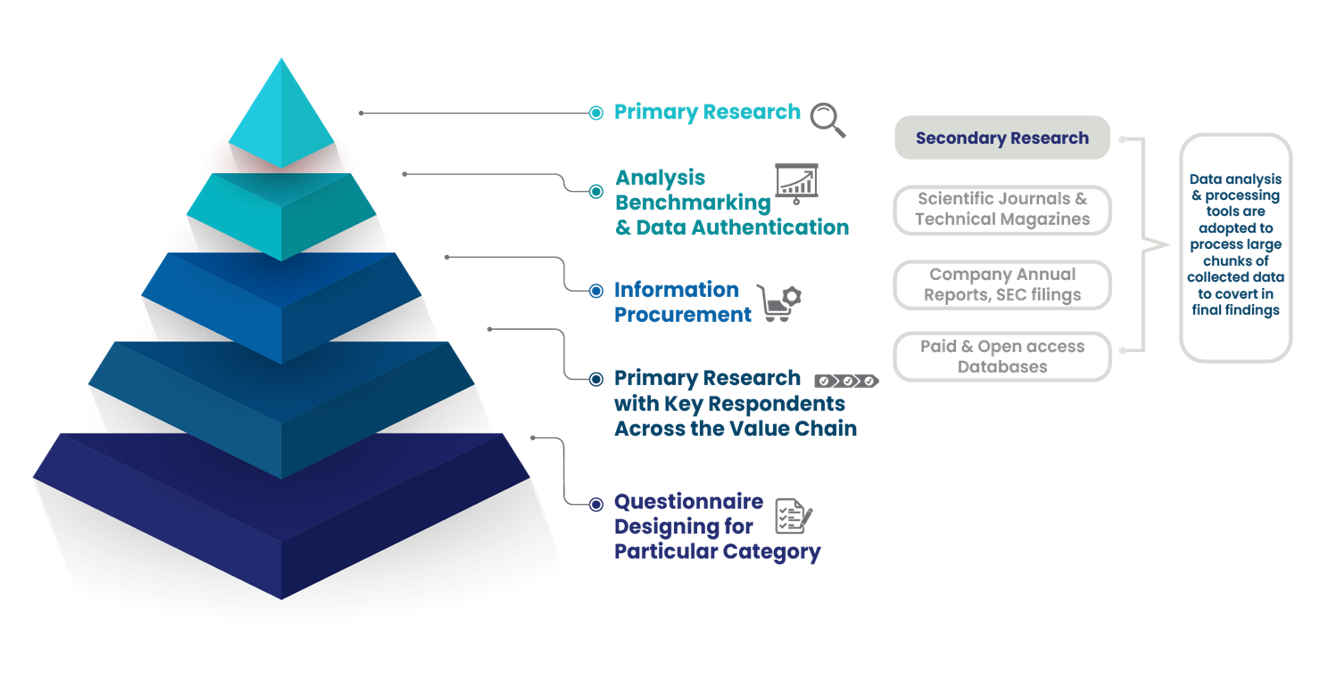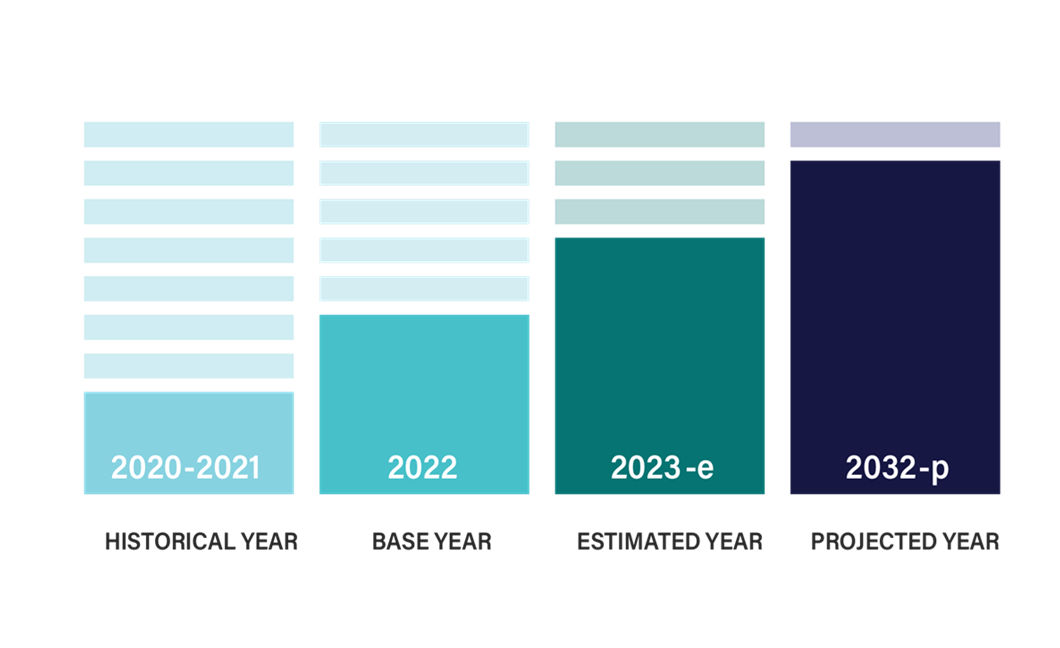

Executive Summary
The global synchronous generator market is projected to grow steadily between 2024 and 2031, driven by rising demand for uninterrupted power supply, expanding industrial and commercial activities, and the growing adoption of renewable energy sources. Synchronous generators, known for their ability to produce stable and high-quality power output, are widely used in power plants, industrial facilities, and large-scale renewable energy installations. According to International Market Research (IMR), the market for synchronous generators is expected to reach approximately USD 9.2 billion by 2031, growing at a compound annual growth rate (CAGR) of around 4.8% from an estimated value of USD 6.3 billion in 2024.
Market Overview
Definition and Function of Synchronous Generators
Synchronous generators, also called alternators, are devices that convert mechanical energy into electrical energy by synchronizing the rotor's rotational speed with the grid frequency. These generators are commonly used in large-scale applications where consistent power output and high efficiency are required. They are essential in power generation for thermal, hydro, nuclear, and renewable energy plants.
Market Drivers
Market Challenges
The synchronous generator market faces certain challenges, including:
Market Segmentation
By Type
By Application
By Capacity
Regional Insights
North America
North America is a significant market for synchronous generators, driven by the presence of large-scale industries and increasing investment in renewable energy projects. The U.S. leads the region in terms of demand, as it focuses on expanding renewable energy capacity and ensuring grid stability. IMR projects a steady CAGR of approximately 4.5% for the North American synchronous generator market from 2024 to 2031.
Europe
Europe is a mature market for synchronous generators, with high demand in industrial, commercial, and renewable energy applications. The European Union’s emphasis on green energy and carbon neutrality by 2050 is expected to boost the demand for synchronous generators in renewable energy projects. IMR forecasts a CAGR of around 4.3% for Europe over the forecast period.
Asia-Pacific
Asia-Pacific is expected to be the fastest-growing market for synchronous generators due to rapid industrialization, urbanization, and infrastructure development in countries like China, India, and Japan. The region is investing heavily in renewable energy projects and expanding power infrastructure, which is likely to drive market growth. IMR anticipates a CAGR of approximately 5.6% for Asia-Pacific through 2031.
Latin America and the Middle East & Africa
These regions are projected to experience moderate growth in the synchronous generator market. Brazil, Mexico, and GCC countries are investing in power generation infrastructure and renewable energy, which will support market growth. The market in these regions is expected to grow at a CAGR of around 4% from 2024 to 2031.
Market Forecast and Projections (2024 - 2031)
According to IMR, the global synchronous generator market, valued at around USD 6.3 billion in 2024, is expected to reach approximately USD 9.2 billion by 2031, growing at a CAGR of 4.8%.
Competitive Landscape and Key Players
The synchronous generator market is competitive, with several key players focusing on technological advancements, product innovation, and regional expansion. Major companies operating in this market include:
These companies are investing in research and development to enhance the efficiency and reliability of their synchronous generators. Additionally, they are adopting sustainable manufacturing practices to meet regulatory standards and customer expectations.
Trends and Opportunities
Conclusion
The global synchronous generator market is expected to grow steadily from 2024 to 2031, driven by the rising demand for reliable power, expansion of renewable energy projects, and increased industrialization. The market, valued at approximately USD 6.3 billion in 2024, is anticipated to reach around USD 9.2 billion by 2031, growing at a CAGR of 4.8%. With technological advancements and the transition toward green energy, the demand for synchronous generators is likely to increase across regions, particularly in North America, Europe, and Asia-Pacific.
International Market Research follows a comprehensive research methodology dedicated to offering the most accurate market estimation and analysis. It leverages a data triangulation methodology to estimate the market dynamics and deliver precise estimations. The company exploits a combination of top-down and bottom-up approaches for classifying and assessing quantitative aspects of the market.

This research study is based on exhaustive quantitative and qualitative analysis.
The Quantitative analysis involves numerous models, mathematical tools, projection, and sampling techniques. It encompasses the following steps:
Recognize market variables and derive market size.
Valuation of prospects, opportunities, and market penetration rates by analyzing Application Predictive Maintenance Solutionzation, regional trends, etc.
Gauge historical market trends and derive present and future year-on-year growth trends
The qualitative analysis covers briefing about market dynamics and business opportunities and strategies. Lastly, all the research findings are authenticated over interviews with in-house industry experts, freelance consultants, and key opinion leaders, etc.


The preliminary raw data and relevant information are acquired via different sources such as secondary findings, trade surveys, and in-house repositories. Technical issues and trends are attained from technical symposia, surveys, and trade journals. Market dynamics such as driving factors, restraints/challenges, pricing trends, and opportunities are also collected using extensive secondary research via paid and open access data sources.
This info is then filtered to make sure that the related data including market trends, industry dynamics, and outlook is retained for the further research End-user. Data is constantly filtered to confirm that only authenticated sources are measured.
It comprises analysis & mapping of all the data gathered from the above step. It also includes the analysis of data differences observed across numerous data sources and arrives at final data points to be used for final calculations.
This step involves data End-user using various models, mathematical tools, projection, and sampling techniques to derive market findings. It also involves the placement of data points at suitable market spaces to gather viable conclusions.
Market estimates and forecasts are derived via simulation models. Collected data for market dynamics, Propulsion Type sets, pricing trends, and Type development is fed into the model and evaluated simultaneously. These factors are studied on a comparative basis, and their influence over the prediction period is quantified by means of regression, correlation, and time-series exploration. Analyst viewpoint & subject matter expert-based heuristic form of market sizing also plays an essential part in this step.
Some of the parameters measured as a part of the statistical model are:
Macro-economic indicators
Micro-economic indicators
Socio-political indicators
Environmental indicators
Propulsion Type indicators
Validation End-user aids to finalize data points to be used for final calculations. Primary Interviews are conducted to authenticate the data and analysis.
Primary research includes questionnaire-based research, email interactions, online surveys, and telephonic interviews. Interviewees are approached by prominent companies across the value chain including suppliers, Propulsion Type providers, domain experts, and buyers to ensure a holistic and unbiased picture of the market.
Industry participants involved in this research study include:
CEOs, VPs, market intelligence managers
Procuring and national sales managers technical personnel, distributors, and resellers
Research analysts and key opinion leaders from various domains
Our research methodology includes an ideal combination of primary and secondary initiatives.

Source: International Market Research Analysis, 2024
It involves company databases such as Hoover's: This assists us to recognize financial information, the structure of the market participants, and the industry competitive landscape.
The secondary research sources referred to in the End-user are as follows:
Supply Chain and Inventory Managemental bodies, and organizations creating economic policies
National and international social welfare institutions
Company websites, financial reports and SEC filings, broker and investor reports
Related patent and regulatory databases
Statistical databases and market reports
Corporate Presentations, news, press release, and specification sheet of Manufacturers
Open access and paid data sources:
Eurostat
Statista
OneSource
Plastemart
WHO and World Bank
ITU
Factiva
Hoovers
Primary research includes online surveys and telephonic interviews.
Means of primary research: Email interactions, telephonic discussions, and questionnaire-based research, etc.
To validate our research findings and analysis, we conduct primary interviews of key industry participants. Insights from primary respondents help in validating the secondary research findings. It also develops Research Team’s expertise and market understanding.
Industry participants involved in this research study include:
CEOs, VPs, market intelligence managers
Procuring and national sales managers technical personnel, distributors, and resellers
Research analysts and key opinion leaders from various domains
We employ of following parameters in the absence of concrete data sources:
We assign weights to various parameters and quantify their market influence with the help of weighted average analysis, to derive an expected market growth rate
Income distribution, purchasing pattern, per capita income, and other end-user associated parameters
GDP, inflation rate, per capita disposable income, etc.
Expenditure, financial policies of the country, infrastructure and sector growth, and facilities

Source: International Market Research Analysis, 2024
International Market Research(IMR) is global leader in Market Research & Consulting services.